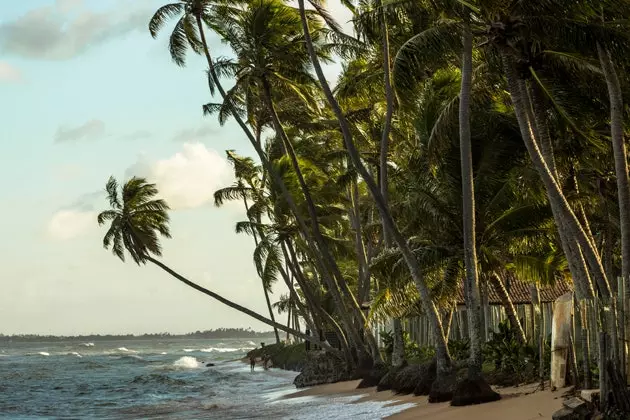
Praia do Forte
SAVIOR
But let's go by parts. Salvador de Bahia , the first capital of Brazil, continues to be the natural gateway to the Coconut Coast . Before heading straight to paradise, it would be a good idea to take a tour of this city, owner of an incomprehensible architectural wealth that is not limited only to the Pelourinho , a historical-artistic complex declared a World Heritage Site by UNESCO.
Most tourists hardly venture far from its baroque churches and cute colored houses, but strolling through the 'Black Rome' has a reward: the neighborhood of Santo Antonio Alem do Carmo , for example, preserves the authenticity that in Pelourinho gave way to souvenir shops. The main axis is Direita do Carmo street , which leads to the Fort of Santo Antonio . The fortress, with incredible views over the All Saints Bay, It has been revamped as the home of capoeira and it's easy to catch some of the shows or even take on a few classes.
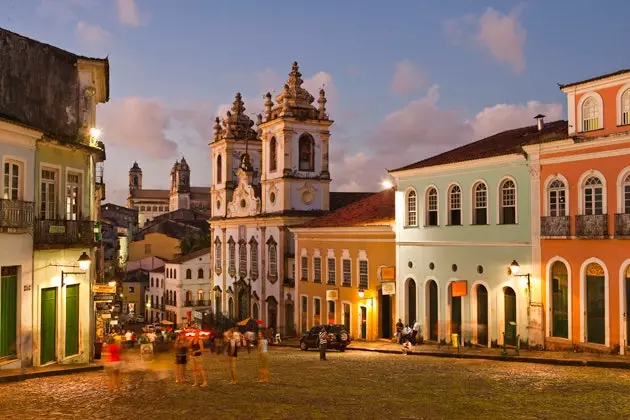
Pelourinho: worth wandering around Bahia
To continue immersing yourself in the local culture, there is nothing better than making a pilgrimage to the Church of the Senhor del Bonfim to tie the famous colored ribbons on its bars, or immerse yourself in the Sao Joaquim Fair , a popular market not suitable for sensitive stomachs. In this labyrinth of alleys to the purest arabian souk style It's as easy to find yourself face to face with a piece of meat dripping blood in the sun as it is with a ton of neatly stacked pineapples. The most interesting are the stores that sell accessories for the Candomblé rites; here they can be found from herbs to cleanse the soul to powders against the evil eye . Nothing better to cool off than the sea breeze Rio Vermelho , a charming seaside neighborhood full of bars that looks splendid after a profound urban reform. On its beach every February 2, thousands of Bahians make their offerings to Yemanjá, the goddess of the sea.
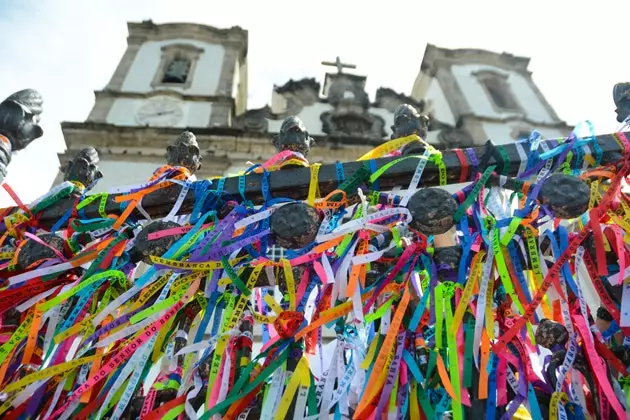
Church of the Senhor del Bonfim
A HIPPIE LIFE
To tour the Costa dos Coqueiros the best option is to rent a car, although public buses run all over the Coco Road , the road that connects all the coastal towns. On the way north from Salvador, one of the first points of interest is Arembepe , a quiet fishing village that never intended to become a “charming town” . Dilapidated houses gnawed by saltpeter reveal the neighbors' clothes hanging out on the sand, while fishermen drink beer on the beach waiting for the tide to come in.
The town became famous in the 60s , when it was discovered by the hippies, who chose a corner between the dunes and coconut palms to build a village of straw huts where they preach universal love and peace. They passed through here artists like Janis Joplin and Mick Jagger , and even today there are some of those houses, inhabited by 21st century hippies who sell handicrafts to the few curious people who get there walking along the beach, one of the wildest in the area.
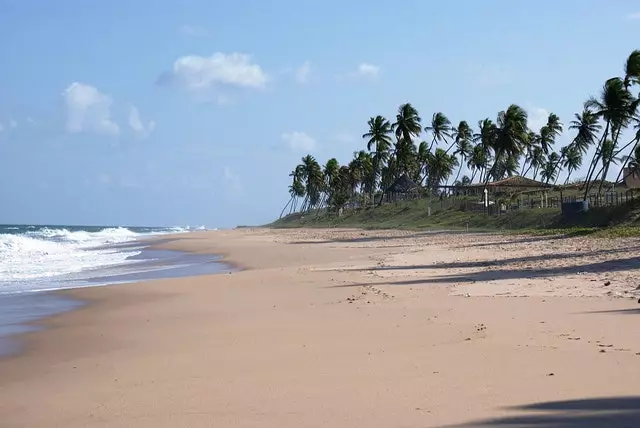
Arembepe
THE FISHERMEN OF CAYMMI
Dorival Caymmi, from Bahia, one of the greatest composers of Brazilian music, wrote some of the most beautiful songs dedicated to the men of the sea, such as the 'Suite dos Pescadores'. A quiet corner to get carried away by the caymmi melodies and think about the life of the sailors is in Itacimirim and has an evocative name: the Praia da Espera . It is named after the women who waited anxiously in the sand for the return of their fishermen husbands. Right there is now the Pousada da Espera, a pleasant hotel known in the area for its tasty fish moqueca , the star dish of Bahian gastronomy. From the terrace you can almost share the gathering with the sea turtles , since right in front there is a reef where they usually go to feed. When the tide is high it is easy to see their heads poking out of the waves a few meters from the shore.
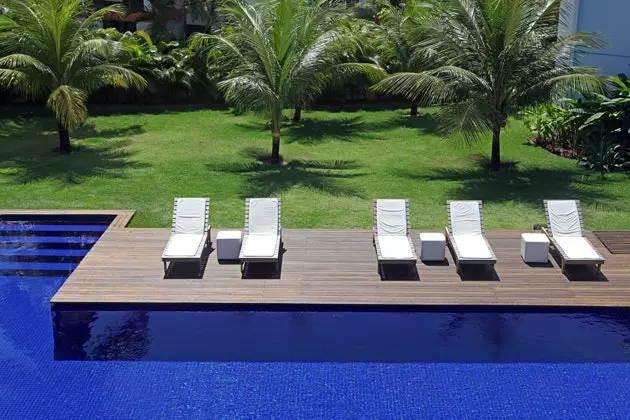
Pousada da Espera
A SEA OF TURTLES
Turtles form an inseparable part of the identity of the Costa dos Coqueiros . All the beaches are covered with white stakes that indicate where there is a turtle nest. The protection and awareness work is the work of Projeto Tamar, an organization that has been fighting to save these animals from extinction since the 1980s. Walking five kilometers from the Praia da Espera heading north you reach Praia do Forte , where the Tamar Project has a complete preservation center where you can see up close specimens of four species of turtles present on the coast of Bahia. The visit, highly recommended for families with children , can be completed with a night visit to watch the laying of eggs or one of the releases that the members of the Tamar do on time. For this, it is better to consult it previously on its website.
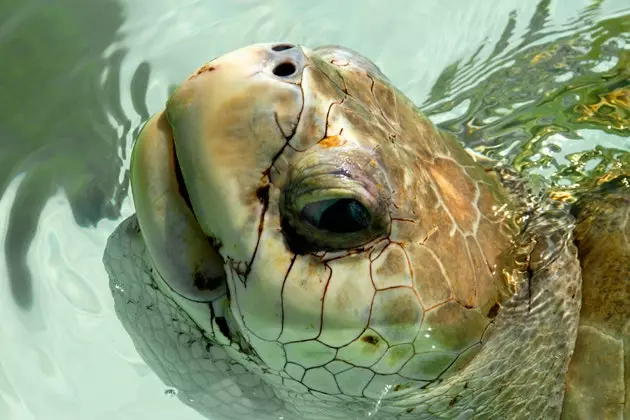
Turtle in Arembepe
FRESH WATER, SALT WATER
One of the main attractions of the Costa dos Coqueiros is the abundance of water. There are several rivers that flow here: Joanes, Jacuípe, Pojuca, Imbassaí, Sauípe, Inhambupe and Real are the most important. The sonority of their names is proportional to the beauty of their deltas, which form winding tongues of sand and lagoons where it is possible to swim placidly. Among the dozens of options stands out Imbassai , a town with enough tourist infrastructure that offers canoe rides on the river. An alternative option is Jacuípe bar . The mouth of the river barely has two modest beach bars where the residents of the town gather to eat freshly caught crab.
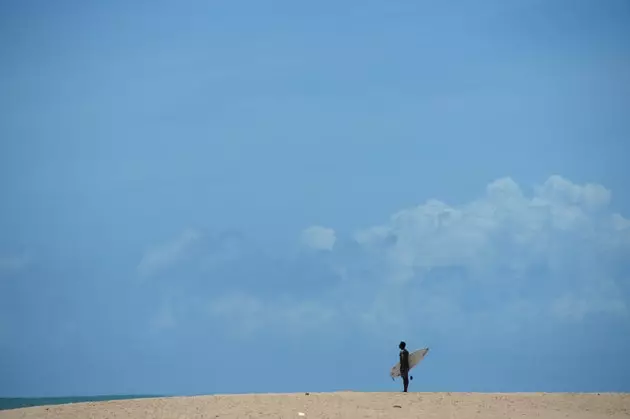
Imbassai
THE PEACE OF DRY MANGUE At the northern end of the coast, along the border with the sergipe state , it's found Dry Mango , a magical place that can only be accessed by buggy from the town of Coqueiros, since from then on all the roads (and also the streets of the villages) are made of sand. The writer Jorge Amado set his 1977 novel here Tieta do Agreste and the description he made of the place is still valid: “Silence and solitude, the river penetrates the sea, entering the Atlantic Ocean without limits, under the clear sky, the end and the beginning. Immense dunes, limpid mountains of sand (...) Here the wind daily deposits its harvest of sand, the whitest, the finest, intentionally chosen to make the singular beach of Mangue Seco, which is not compared to any other”.
It is worth spending at least one night in this haven of peace, threatened by a dune that advances each year and that the residents strive to contain by planting coconut trees. Some of the houses -all ground floor- have been converted into pousadas, although O Forte is the only one on the beach. The next day you will have to face great existential dilemmas: Do I swim in the river or do I swim in the sea? Shall I take a nap under the amendoeira? Or should I go for a walk with the goats of this very nice shepherd? It is the rhythm of Bahia.
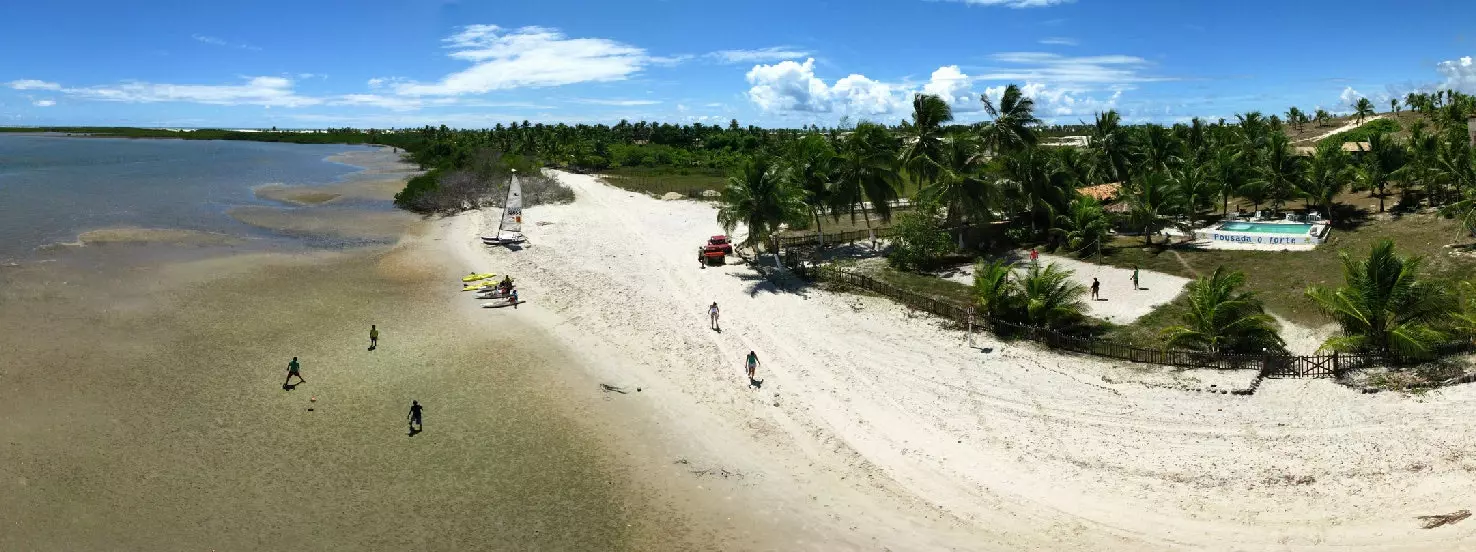
The only accommodation on the beach
Follow @joanroyogual
_ You may also be interested..._*
- How a Parisian photographer became the king of candomblé
- Bonito: the Brazil that does not need an adjective
- Rio de Janeiro Carnival Survival Guide
- Not everything is sambodromo: the blocos of Rio
- Favelas of Rio de Janeiro with charm
- Guide to Rio de Janeiro
- Eleven ways to get to know the city of Rio de Janeiro
- Everything you want to know about Brazil
